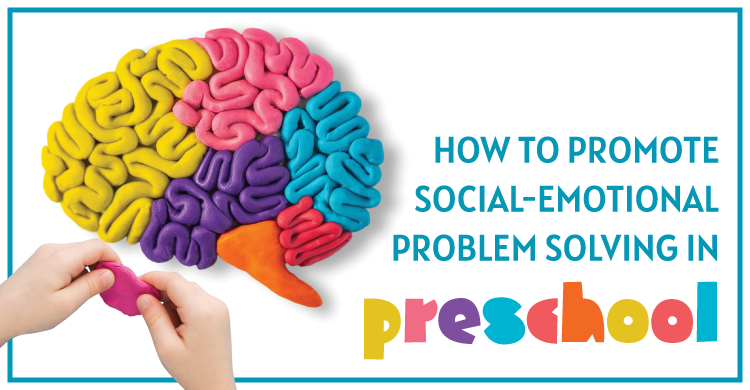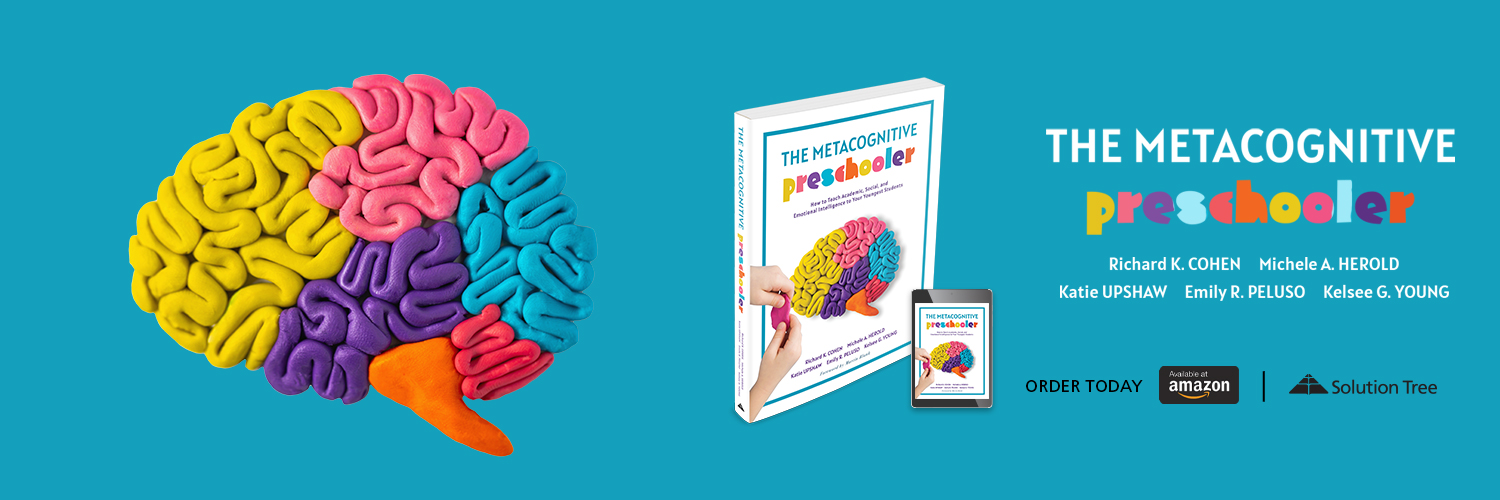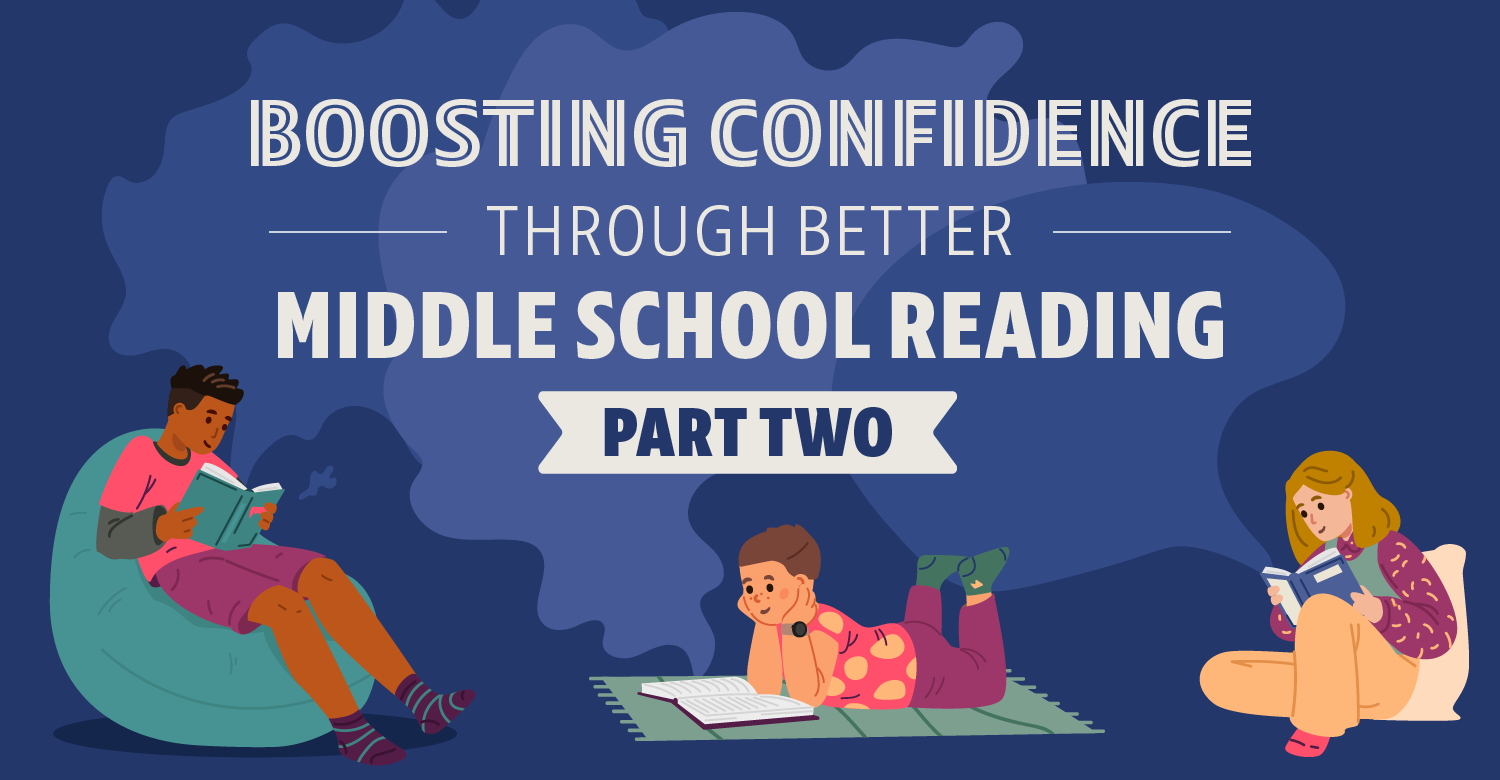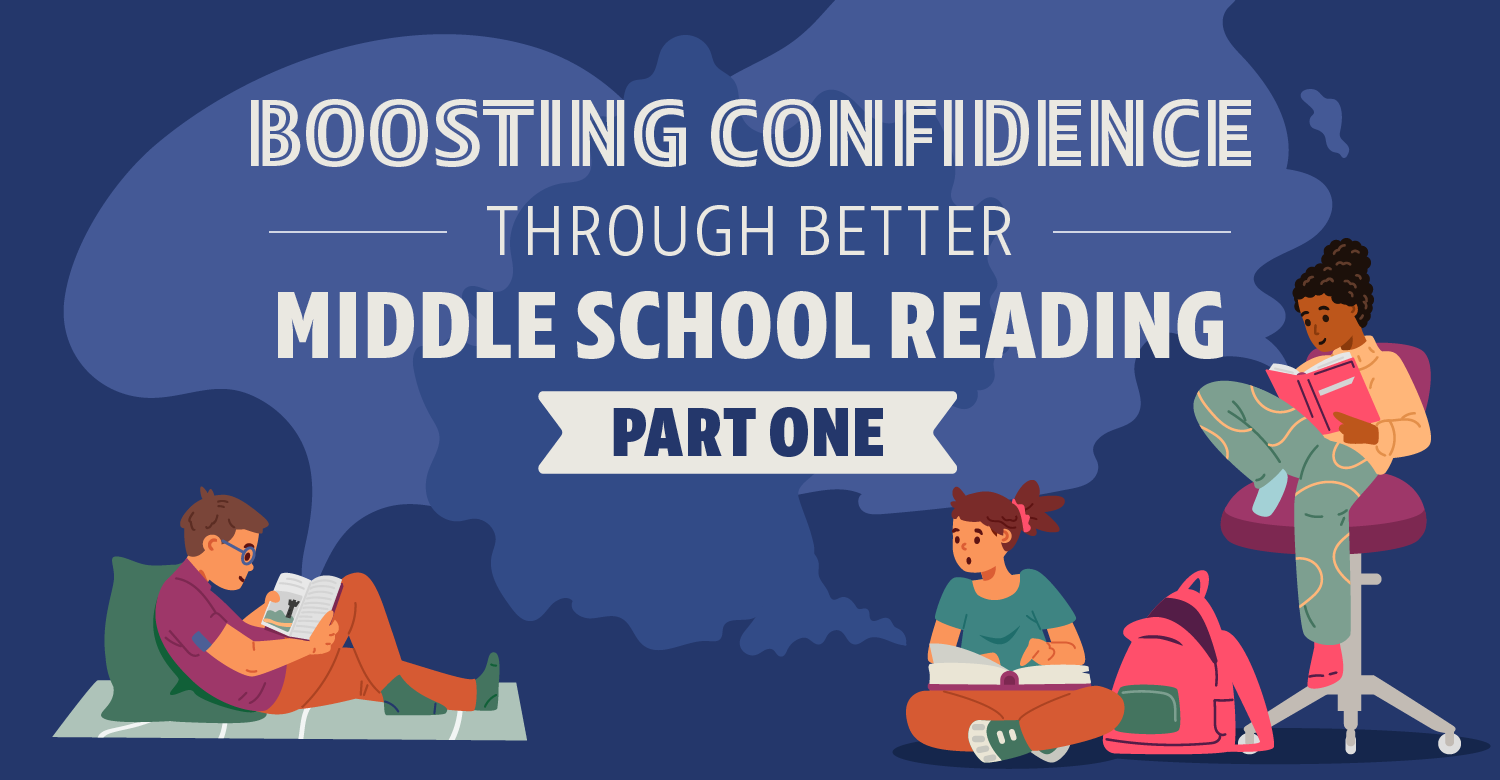Whether you’ve been working with preschoolers for a decade or are new to the game, you’ve most likely noticed that even our youngest students are experiencing more frequent, more extreme disruptive behaviors.
This often leaves teachers not knowing how to help their students, and helping students is probably the whole reason they got into education in the first place. Imagine a student has a meltdown in the blocks center because his tower fell. His preschool teacher may spend a substantial amount of time (that she doesn’t have) helping him work through his big emotions.
A simple strategy for preschool SEL
Preschool teachers need a tool to help their students develop the skills necessary to solve the social and emotional challenges they face daily. So what can we do? Well, we can implement one practical strategy to facilitate preschoolers’ social-emotional learning (SEL) and executive functioning to help them better recognize and manage their emotions.
Sounds too good to be true? Fortunately, for educators and their students, it isn’t. Structured SELf-questioning, as described in The Metacognitive Preschooler, is a metacognitive strategy that facilitates students’ social and emotional and academic problem solving skills through promoting emotional recognition and self-management in our youngest learners.
Amazing, right? But where do we start and how do we cram this into an already full school day? Easy. We start by promoting students’ self-awareness and self-management through a sequence of four simple but powerful SELf-questions:
- How do I feel?
- What am I feeling?
- What can I do?
- What strategies can I use?
Let’s break it down!
Emotional recognition is the first step in emotional regulation
The first aspect of self-awareness we should be focusing on is emotional recognition, which can be defined as a student’s ability to interpret internal and external information to identify an experienced emotion. By posing or modeling the SELf-questions “How do I feel?” and “What am I feeling?”, we are prompting students to think about their emotions as well as encouraging them to recognize and subsequently identify them.
Imagine the frustrated student at the block center being able to recognize his emotion as anger. Now that he knows what he’s feeling, we can give him the tools to do something with that emotion. Once students recognize their emotions, they can better perform the powerful skill of managing those feelings.
Not only does self-awareness serve “as a foundational skill as it facilitates accurate identification and application of coping strategies (self-management)” (Cohen et al., 2023, p. 46), it also promotes the executive functioning skill of self-monitoring.
Questioning is the key to social and emotional self-management
Now that our students are recognizing their emotions, we can help them manage those emotions through the SELf-questions, “What can I do?” and/or “What strategies can I use?” Imagine preschoolers managing their emotions, even the big ones. What could that mean for your classroom? It could mean the boy playing with blocks will take deep breaths when angry instead of screaming and disrupting the rest of his school day.
It could mean fewer negative behaviors in the classroom. It could mean more students taking advantage of the carefully crafted break area or your models of co-regulation. It could mean students implementing coping strategies so they are ready to engage in whole-group activities.
Not only can self-management provide the opportunity for all these positive outcomes, it also promotes the executive functioning skills of self-monitoring, flexibility, impulse control, and emotional control.
How to model the 4 SELf-questions in a preschool classroom
Now that we know the SELf-questions (“How do I feel?”, “What am I feeling?”, “What can I do?”, and/or “What strategies can I use?”) to promote self-awareness and self-management, how do we model them in our classrooms? The answer is simple: by implementing strategies you are already using within your already established routine. Teachers are encouraged to model the SELf-questions through self-talk or think alouds and parallel-talk while using total communication.
In “Introducing Metacognition in Preschool,” Maurice J. Elias explains self-talk as a method in which teachers describe situations and the feelings they are experiencing, the reason for those feelings, and what they can do about it in ways that are meaningful to young students. Parallel-talk involves teachers providing self-talk for the student’s emotional experience. And according to “A Metacognitive Problem-Solving Process for Preschoolers,” frequent and consistent modeling of the SELf-questions facilitates a student’s ability to internalize the SELf-question set and independently implement it.
Providing concrete examples for teachers
What does this look like? It looks like a teacher approaching the student playing with blocks and providing parallel-talk for the student using the “I” pronoun to closely align with his internal language. As the teacher models these SELf-questions to promote emotional recognition and self management, she uses total communication.
The teacher may say, “What am I feeling? I’m feeling that my fists and teeth are tight. How do I feel? I feel angry that my tower fell. What can I do? I can go get my favorite book and read it in the break box.”
She uses American Sign Language to sign “angry” while touching a visual/symbol representing that emotion. She also mirrors his facial expression by grimacing, as well as his body language by clenching her own fists and teeth. Through modeling, “structured SELf-questioning has the flexibility to meet all students where they are currently and provides a scaffold for future growth” (Cohen et al., 2023, p. 75).
Teachers are already using multimodal approaches to facilitate students’ skills. Teachers can apply these same tactics to promote their students’ ability to internalize one structure, sequence, or set of SELf-questions to guide their self-talk through emotional problem solving and decision making.
About the educators
Meet the coauthors of The Metacognitive Preschooler.
Emily R. Peluso is a school-based speech-language pathologist (SLP) at Mildred B. Moss Elementary School of Metuchen School District. She is a member of the American Speech-Language-Hearing Association (ASHA) and maintains the ASHA Certificate of Clinical Competence.
Katie Upshaw is a preschool special education teacher in the Metuchen School District in New Jersey. Additionally, she also serves as a union representative, chairs the school leadership team, and engages in district committees.
Richard K. Cohen has served as a leader of social-emotional learning (SEL) at the district, county, state, and national levels. His work infusing academic state standards and SEL skills together with evidence-based character education has earned him national and state awards for teaching.







